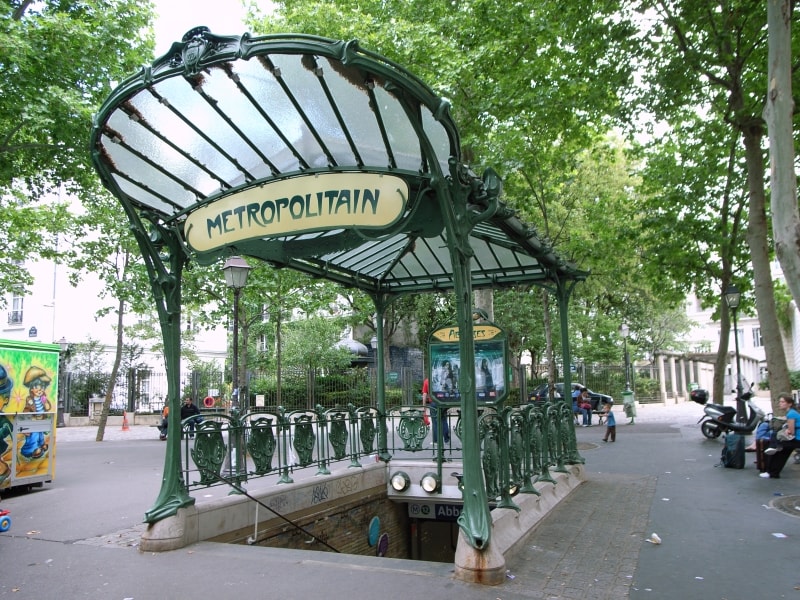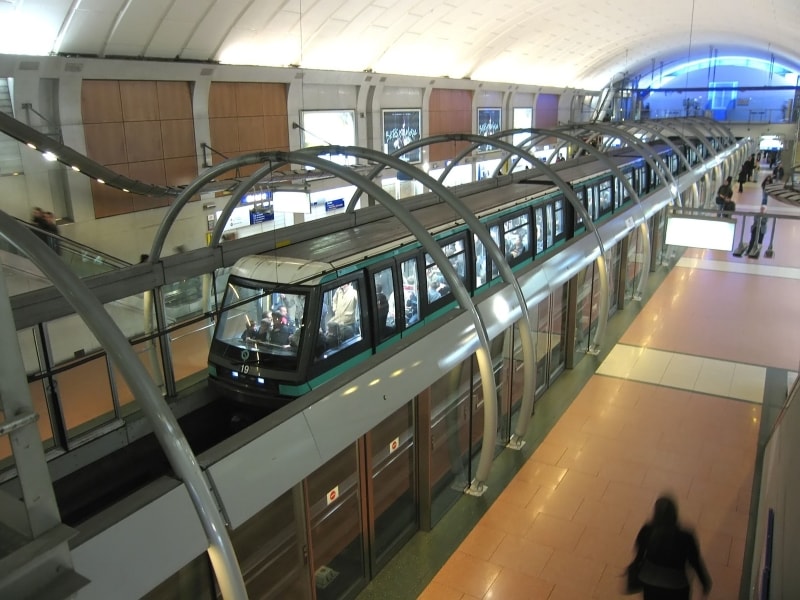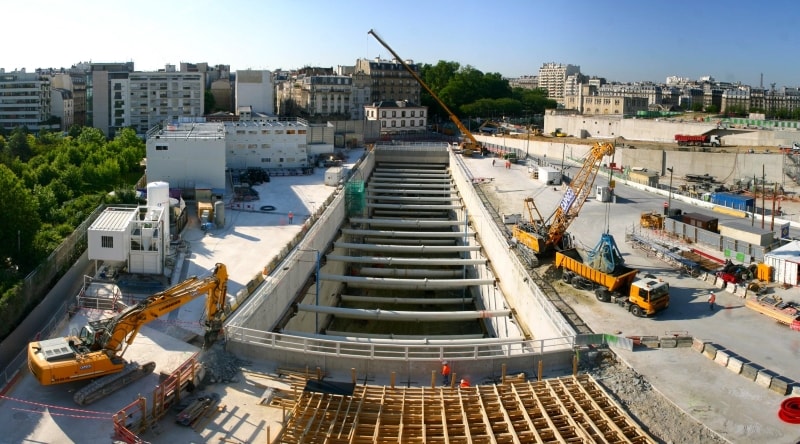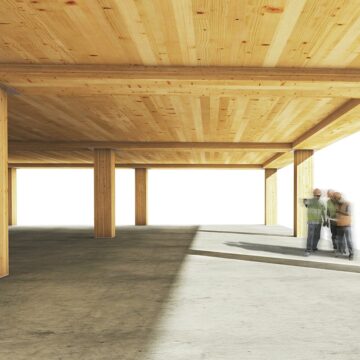Climate change and pollution are a constant concern all over the world and many countries are starting to change their attitudes towards this problem by increasing the investments regarding the preservation of our environment. France, one of the leading countries in the matter of environmental protection, has not been foreign to the issue and decided to improve its public transportation system in order to reduce the pollution coming from the alarming increase of traffic, more than 21% over the past 10 years.
Nevertheless, this is not the only reason why the government has decided to completely revamp its public transportation system. Real estate prices have been rapidly increasing as well, making living expenses in the region extremely high. For this reason, the French government has decided to focus on building around 70 000 residences per year for the next 25 years. Nonetheless, the Parisian area is already overcrowded for this level of expansion and therefore, the suburbs offered a great alternative to continue the development of the Île-de-France region.

The main drawback of the situation relied on the transportation system as 10% of the network receives 40% of the national traffic, meaning the network is congested and lines near suburban areas do not offer the same flexibility for passengers outside of Paris. Government took conscience of the situation and deployed a huge plan to greatly improve the transportation system, with the objective of continuing the development of the region and offer its habitants the most comfortable and modern public transportation system possible.
The Grand Paris Express project consists of the creation of 4 new fully automatic metro lines, 15, 16, 17 and 18, as well as extensions of the lines 4, 11, 12 and 14. Additionally, numerous improvements to existing stations will be made. In total, the project expects to create 72 new stations and 205 kilometers of new lines in total. However, infrastructure changes are not alone, transportation scheduling is also expected to improve in order to adapt to the upcoming new stations and promote the use of the new lines.

The new line 15 is conceived as a high-capacity metro line and will travel all around the outskirts of Paris with the main objective of reducing traffic in extremely crowded lines such as the 13. However, this new network configuration also aims to double traffic in previously less interconnected stations such as Arcueil-Cachan, Châtillon-Montrouge and Pont-de-Sèvres.
The project is managed by the Société du Grand Paris, a government establishment under the supervision of the Ministry of Housing and Equal Opportunities, and counts with many renowned operational partners such as Barton Willmore International, Altamira Information, Setec, Systra, etc.

The whole project is estimated to have a cost of 24.9 billion euros, from which 3.4 billion euros are destined solely to the improvements of existing stations. At the start of the year, a contract of 968-million euros was granted to a consortium led by Bouygues Travaux Publics for the construction of line 15 along with modifications to existing stations such as Vert-de-Maison, Créteil l’Echat, Les Ardoines and Vitry-Centre, the digging of a 6.6 kilometers long tunnel and 2 entry shafts for tunnel boring machines among other things.
Nonetheless, the project will not only be managed by big enterprises as the French government’s concern for its social development requires at least 20% of the work to be carried out by SMEs and 5% of the working hours to be destined to insertion, since the project is expected to create hundreds of new jobs in addition to the 4 000 employees already working on the planning and conception of the Grand Paris Express.

The project is supposed to be fully finished by the end of 2030, however starting from 2022, the finished lines or extensions will gradually open for service. The project is expected to bring comfort and fast transportation to millions of residents of the Île-de-France region by granting them with a station within a 2-kilometer radius from their residence.
Overall, this project offers an important improvement in the public transportation system and is expected to help reduce commuting time in the area, as this number has been continuously increasing over the past years. People will not only attain a more comfortable commute but the improved system might also help reduce pollution levels and bring new opportunities for growth in suburban areas.








